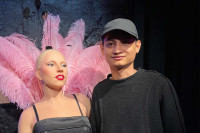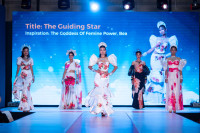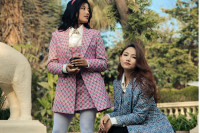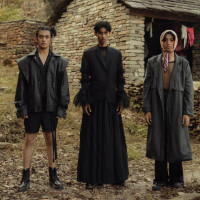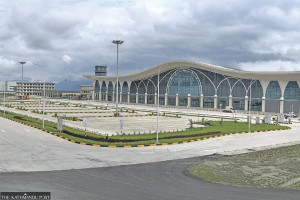Fashion
Young designers weave culture into couture
Namuna College of Fashion Technology’s annual graduation fashion show showcased 88 final-year students’ designs blending heritage, spirituality, and innovation.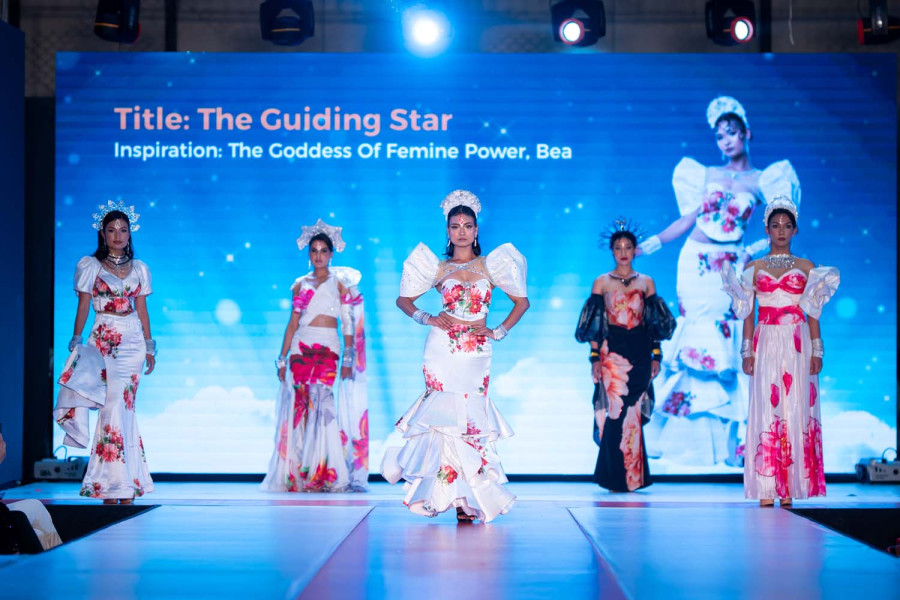
Sanskriti Pokharel
Nepal’s fashion future looks promising. This was evident during the graduation fashion show of Namuna College of Fashion Technology (NCFT), held at The Plaza on Friday. This year, the 19th graduating batch of students showcased their designs under the theme, ‘Anukalpit Prabhanam’.
The event featured designs from 88 students in their final year of the Bachelor of Fashion Design and Management (BFDM) programme at NCFT. Nine sequences, which consisted of 88 runway designs and nine creative wears with different concepts, were presented at the show.
The show began with a selection of promotional designs from each sequence team, followed by the first sequence, ‘Divyakanta’. This collection honoured the divine feminine energy that nurtures, sacrifices and inspires.
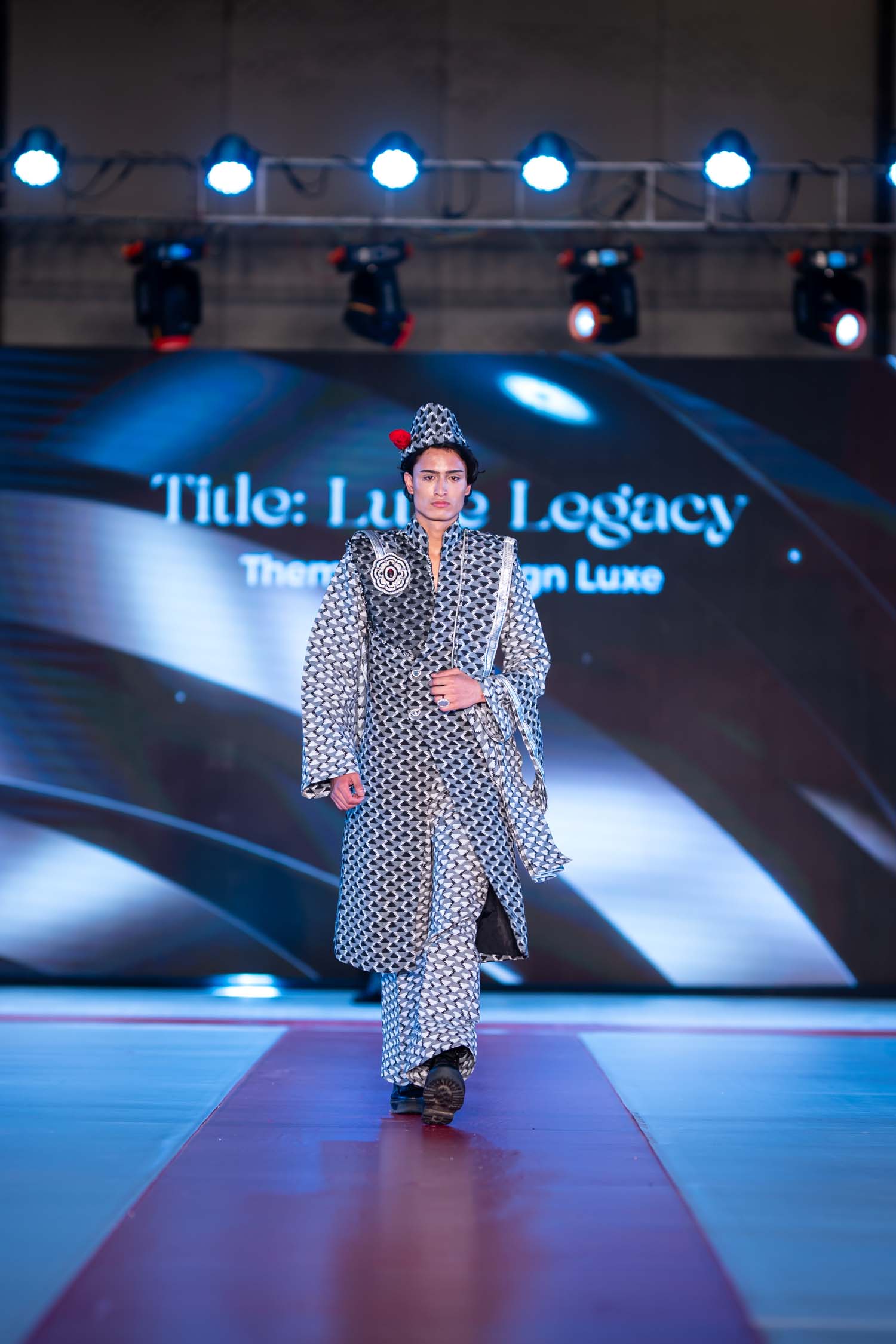
A design under this sequence entitled ‘Kumuda’ looked captivating. The upper bodice features meticulously crafted petal-like elements on the bust, mimicking the natural form of Lotus petals. Structural details on the shoulders enhance the sense of regality. The semi-fitted skirt flows elegantly, incorporating draped elements that create an elongated, fluid effect, symbolising the Lotus’s ability to emerge from the mud yet remain untouched in its purity.
‘Mimamsa’, the 2nd sequence conveying the flares of the festival, features a rich blend of luxurious fabrics like silk and velvet, with cotton linen to ground the collection. Colours such as fiery reds, gold/yellow, white, and a touch of black harmonise with intricate motifs, divine symbols, sacred patterns, tassels, layers, flares, and bells from Newa culture evoke festivals’ lively, colourful essence.
The creative wear of this sequence, ‘Tejomanditah–The Luminous Procession’, blends traditional Newa elements with modern craftsmanship. It features a majestic cape, hand-painted with scenes from the Jatra, depicting the rhythmic movement of devotees, musicians, and masked dancers under the glow of oil lamps. The front detailing, adorned with ghungroo (ankle bells), pays homage to the intricate artistry and sacred symbols found in Nepali temples and palaces. The bodice and shoulder details are inspired by Indra Dhwaja, who represents divine power and protection. Embellished with ghungroo and handcrafted textures, the structured design evokes ceremonial armour, symbolising strength and devotion. The headgear, inspired by Pulukisi and Lakhey, is adorned with flowers and sacred ornaments, representing purity and divine presence.

A standout feature of the design is the ceremonial umbrella, inspired by the chhatra (divine parasol) carried in royal processions. Decorated with beads, ghungroo, and charms, it represents protection and blessings. The colour palette of gold, white, deep red, and royal purple carries symbolic meaning: gold for divine energy, white for purity, red for strength, and purple for spiritual mysticism.
In the following sequence, ‘Himalayan Euphony’ unveils dresses made from sustainable hemp fabric, lined with soft cotton for comfort. The dresses in this sequence capture the serene blend of nature, culture, and spirituality that defines the Himalayas. Each dress features a detachable overlay crafted with woollen thread, allowing for versatile styling. To enhance the overall look, it incorporates Tibetan ornaments that celebrate the region’s rich cultural heritage.
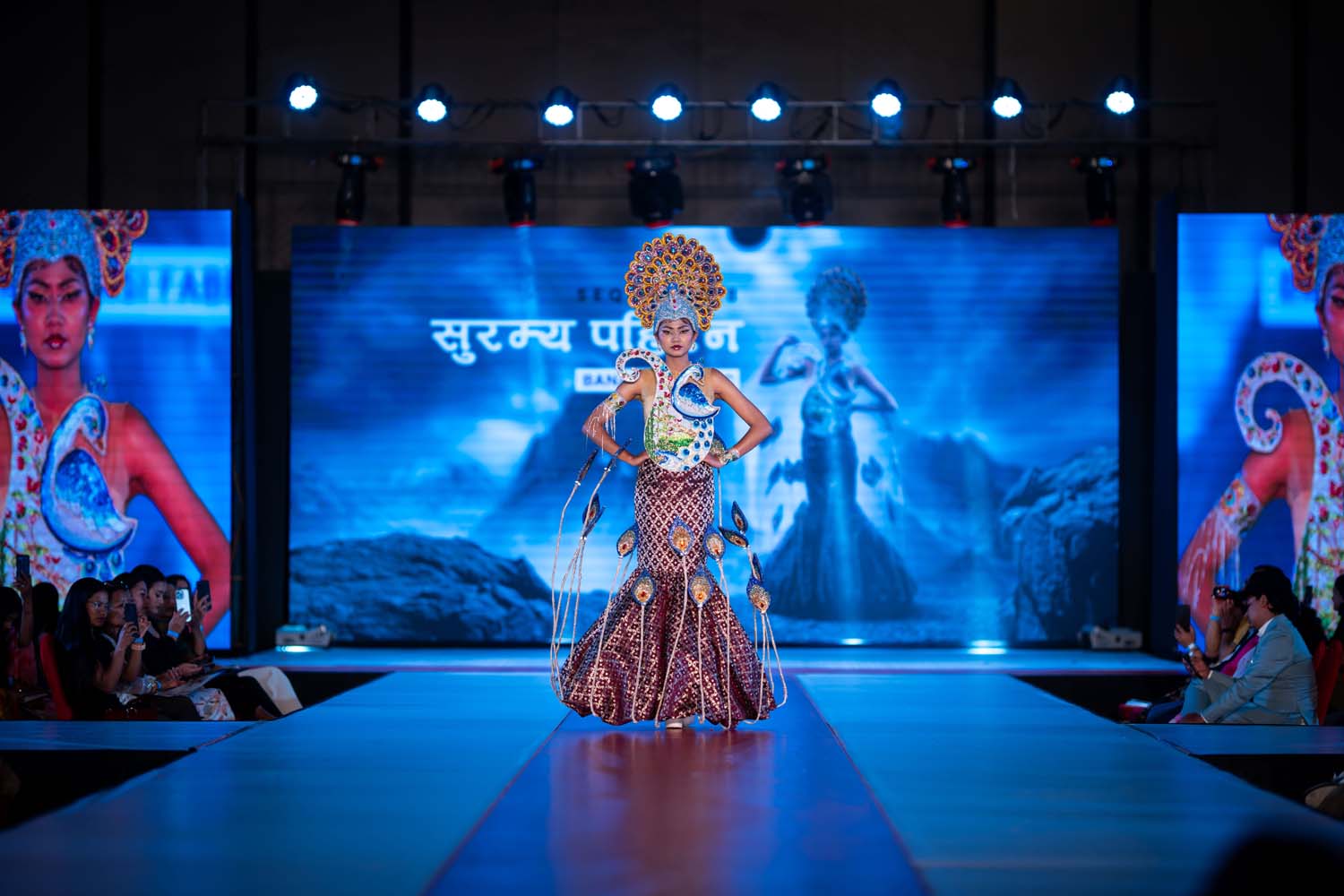
The fourth collection, ‘Samsara’, explores the concept of life’s endless cycle of birth, death, and rebirth through spiritual and symbolic elements. It draws inspiration from the various chakras-Brahma, Crown, Third Eye, Throat, Heart, Solar, Sacral, Root, and Kal—each representing different aspects of human existence and inner growth.
The theme incorporates vibrant colours and intricate designs, using each chakra’s symbolism to create a visual narrative of balance, transformation, and interconnectedness. The centrepiece of the collection is a short-length cape adorned with embellishments that reflect the energy and essence of each chakra, along with unique symbols at the top. Complementing this, a corset and a loose-bottom dress embody the theme’s fusion of spiritual depth and contemporary style. The collection uses white Nepali fabric as its base, with colours representing each chakra for the embellishments, adding a rich tactile and visual element to the theme’s exploration of Samsara’s eternal cycle.
The last sequence, ‘Lush Legacy’, conveys a sense of supreme regal luxury–clothing or fashion that reflects royal status and lavishness. It is a wedding collection that celebrates the grandeur and sophistication of Nepal’s royal heritage.
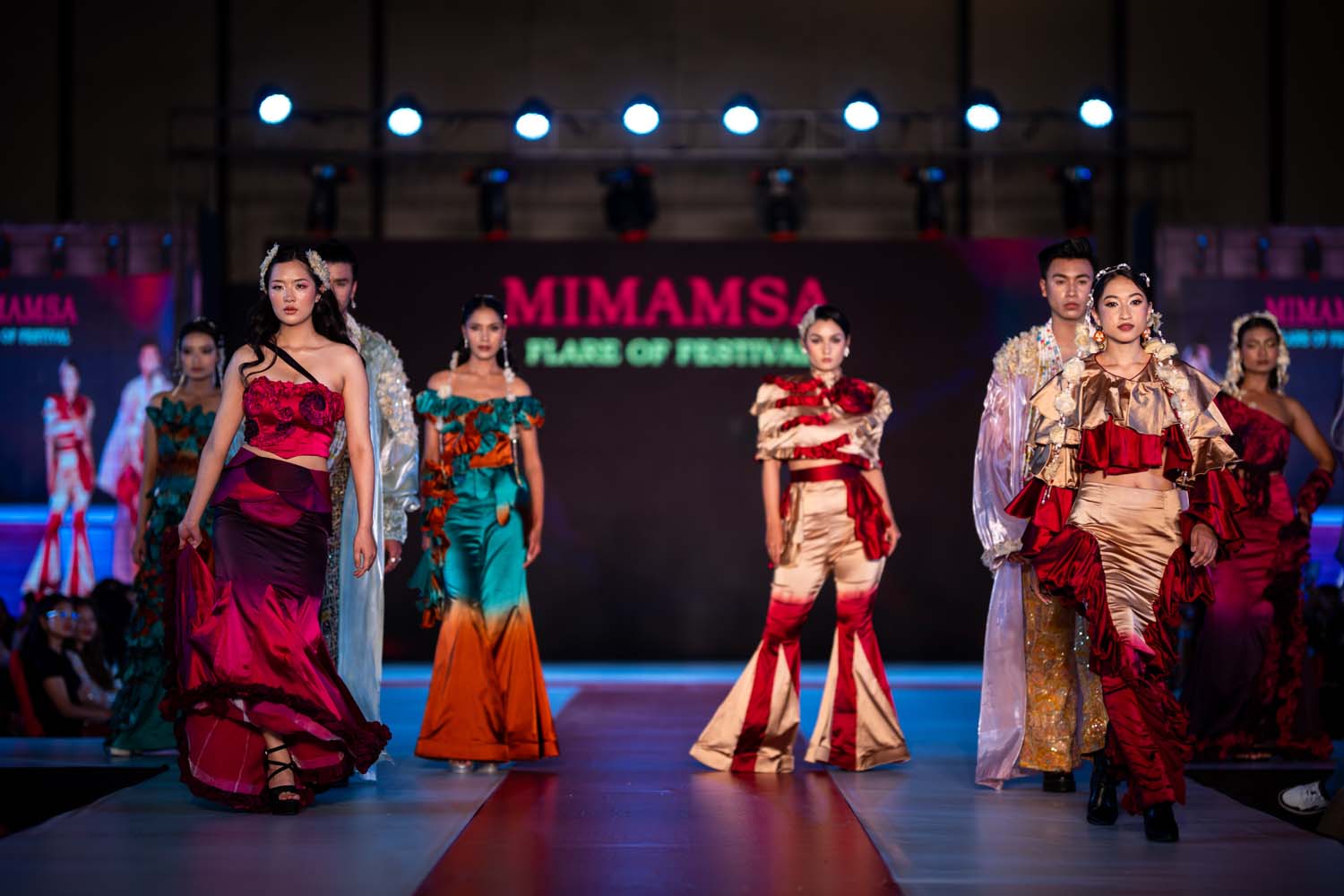
Rooted in tradition, the collection showcases the timeless beauty of Dhaka, Nepal’s iconic handwoven fabric, renowned for its intricate patterns and cultural significance. Designed for both men and women, it blends heritage with modern elegance. Women’s gowns feature flowing silhouettes enhanced with Dhaka patterns, adorned with intricate detailing using crystals and brooches to add a touch of opulence. For men, regal sherwanis crafted from Dhaka fabric are elevated with subtle embroidery and embellishments, perfect for a majestic wedding look.
The use of luxurious accents such as crystals further amplifies the sophistication of each piece. Incorporating luxurious elements like lace, net, and sparkling embellishments adds depth and opulence, making this collection a timeless celebration of Nepali culture and royal sophistication.
Overall, the event showcased the students’ creative talents and hard work. NCFT has been organising The Journey of Fashion since 2005. According to representatives from the school, students are graded for the creations they exhibit at the event, and these scores will contribute to their final grades.
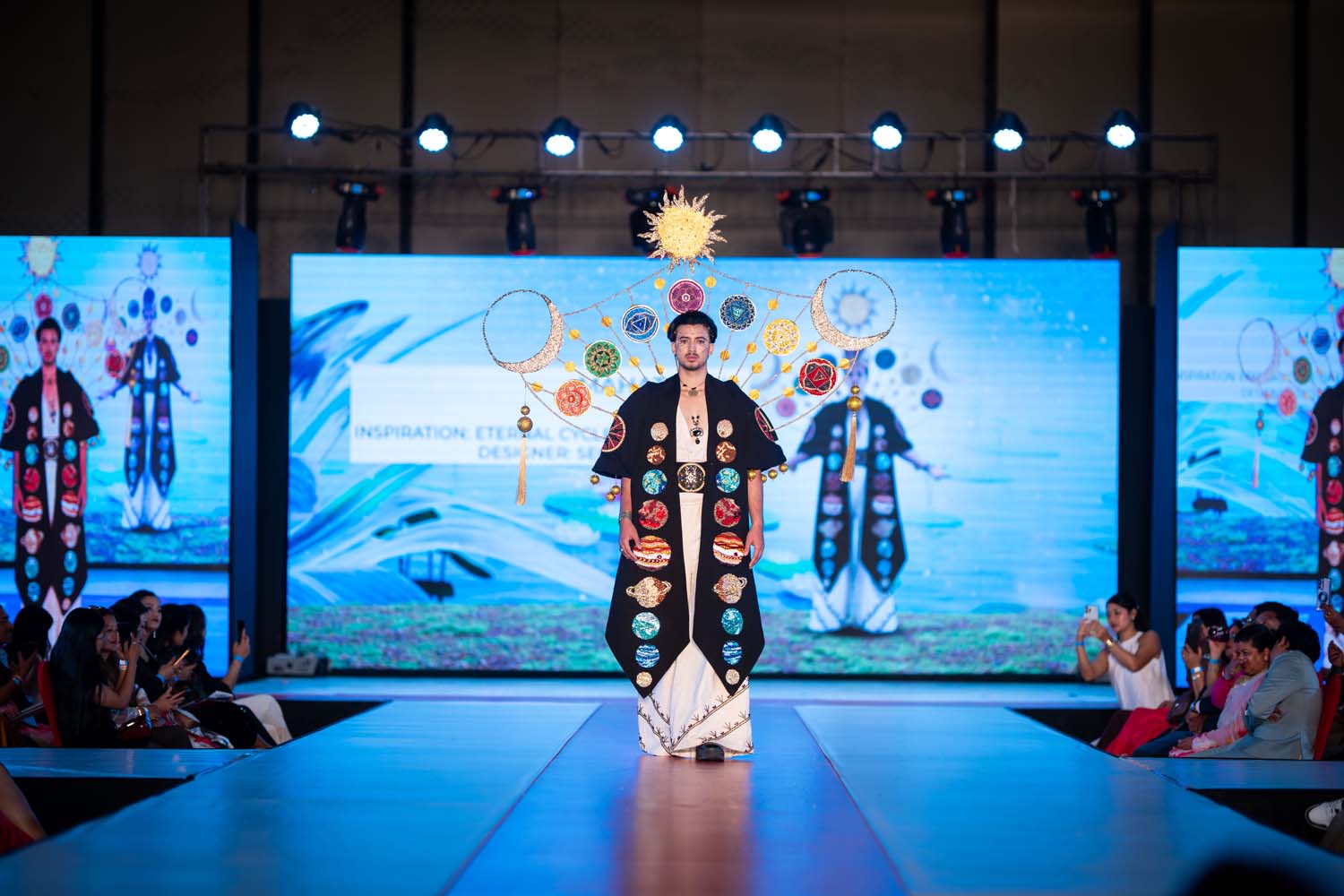




 7.12°C Kathmandu
7.12°C Kathmandu


